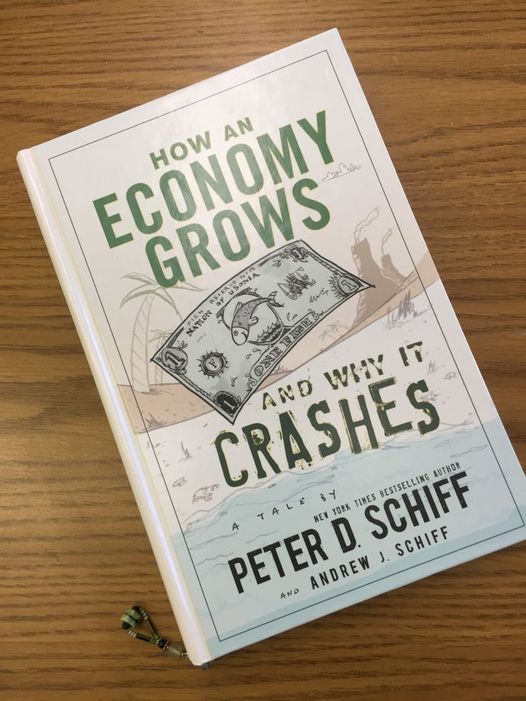Here are 7 lessons on How an Economy Grows and Why It Crashes:
Lesson 1: Understanding the Role of Specialization and Trade
Specialization and trade are fundamental drivers of economic growth. When individuals and regions focus on their comparative advantages, they can produce goods and services more efficiently and exchange them with others, leading to overall economic expansion.
Lesson 2: The Importance of Capital Accumulation and Investment
Capital accumulation, the process of saving and investing, fuels economic growth. Savings provide the resources for investment in new technologies, infrastructure, and businesses, which enhance productivity and boost the economy's capacity to produce goods and services.
Lesson 3: The Role of Innovation and Technological Advancements
Innovation and technological advancements are key catalysts for economic growth. New ideas, inventions, and improvements in production processes lead to increased productivity, new products and services, and enhanced efficiency, driving economic expansion.
Lesson 4: The Impact of Entrepreneurship and Risk-Taking
Entrepreneurs, individuals who take risks and start new businesses, play a crucial role in economic growth. They introduce new ideas, products, and services, creating jobs, generating wealth, and driving innovation.
Lesson 5: The Importance of Human Capital Development
Investing in human capital, the skills, knowledge, and health of a nation's workforce, is essential for economic growth. A well-educated and skilled workforce can adapt to new technologies, innovate, and contribute effectively to economic productivity.
Lesson 6: The Role of Government Policies and Institutions
Effective government policies and institutions can foster economic growth by providing a stable economic environment, enforcing property rights, promoting competition, and investing in infrastructure and education.
Lesson 7: Understanding Economic Cycles and the Causes of Economic Crashes
Economic cycles are natural fluctuations in economic activity, characterized by periods of growth and periods of decline. Economic crashes, severe downturns in economic activity, often occur due to asset bubbles, excessive debt, or imbalances in supply and demand.




